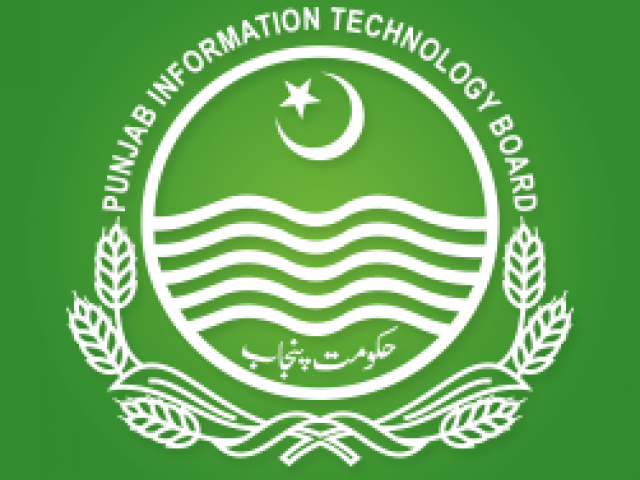PITB’s projects lauded in World Bank report
Board’s projects among 15 chosen for improving public sector performance

PHOTO: PITB FACEBOOK PAGE
He expressed these views on Wednesday while discussing the World Bank’s report titled ‘Improving Public Sector Performance through Innovation and Inter-Agency Coordination’.
PITB’s smartphone applications have been replicated by eight countries including Nigeria, Albania, Romania, Mozambique, Afghanistan, Ethiopia, Congo and Rwanda, he added.
Pakistan becomes first country to use multi-spectral imagery for crop mapping
“The inclusion of the projects in the report is a matter of pride and honour for Pakistan,” he expressed.
One of the projects included in the report is the citizen feedback monitoring programme, which has been used by 20.5 million people since 2011 to give feedback, suggestions and complaints against 70,000 officials. Inexpensive smartphones have been used in Punjab to monitor the performance of officials in several sectors, the report read.
The Punjab government has scaled up a small pilot in one of its districts to create a wide ranging monitoring programme that leverages the ubiquity of cellphones to proactively solicit feedback from users of public services, the report said.
PITB turns that information into easily digestible quantitative and qualitative data and provides that information to senior officials who can hold frontline civil servants accountable for their performance. The smartphone revolution in Punjab showed how a government could easily improve data collection and service delivery by using cheap and easy-to-use smartphone applications, the report added.
The second project included in the list is the e-Vaccs smartphone application, which has improved vaccination coverage from 25% to 88% and has helped in eradicating polio.
When the vaccine application was first launched in October 2014, vaccinators reached just 25% of the polygons the PITB used to measure geographic coverage across the province. In May 2016, that figure increased to 88% while the percentage of fully immunised children under 20 months rose from 62% in 2014 to 81% in 2016 and 95% of children were fully vaccinated against polio.
Pakistan to use satellite for crop mapping
The increased vaccination coverage helped reduce the risk of contracting polio. After having 7 polio cases in 2013 and 5 in 2014, Punjab had only 2 cases in 2015 and 0 in 2016, the report highlighted.
By increasing monitoring of vaccinators, by monitoring attendance and by scrutinizing geographic coverage, the Punjab government was able to quickly improve the percentage of children receiving vaccinations across the province, the report said.
Further, a district in Sindh has also implemented biometric monitoring systems to help reduce employee absenteeism in 45,000 schools while Khyber Pakhtunkhwa’s government is also taking a legislation initiative to create new norms for millions of day-to-day state-citizen interactions, inducing higher citizen expectations, and creating new standards of behavior for government servants, the report read.
Published in The Express Tribune, November 1st, 2018.


















COMMENTS
Comments are moderated and generally will be posted if they are on-topic and not abusive.
For more information, please see our Comments FAQ